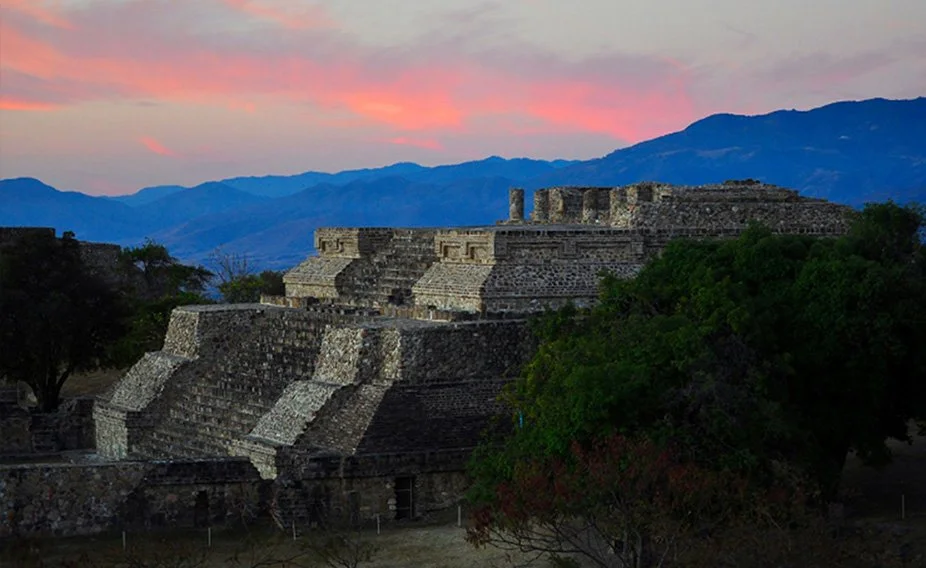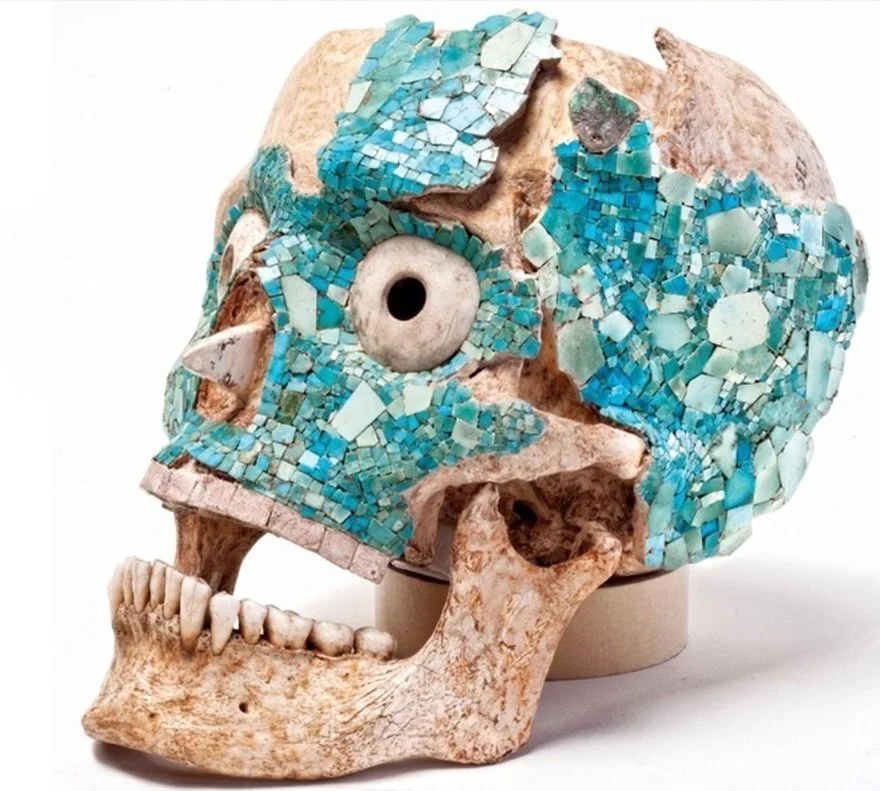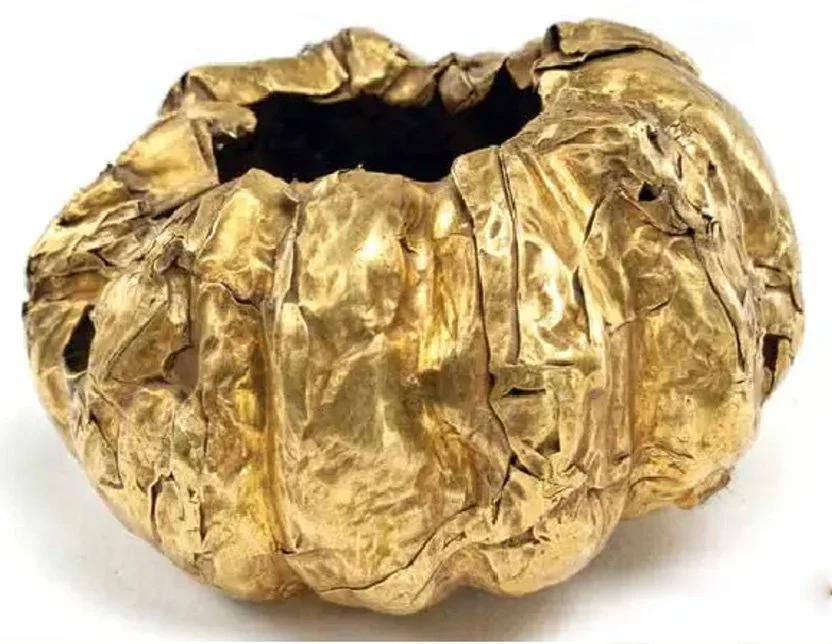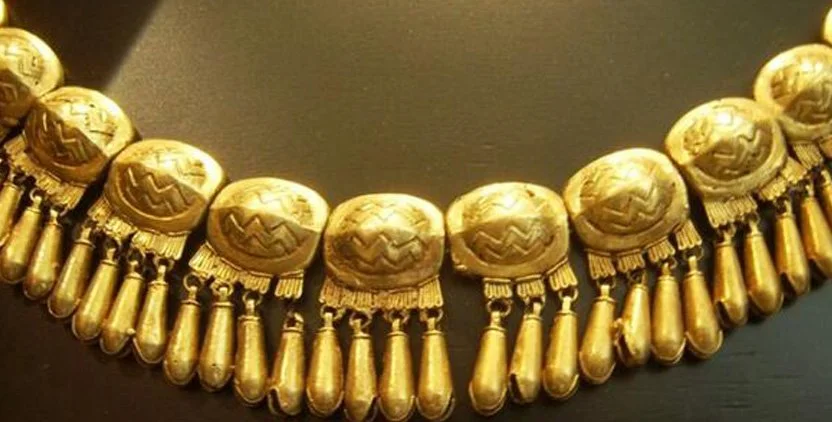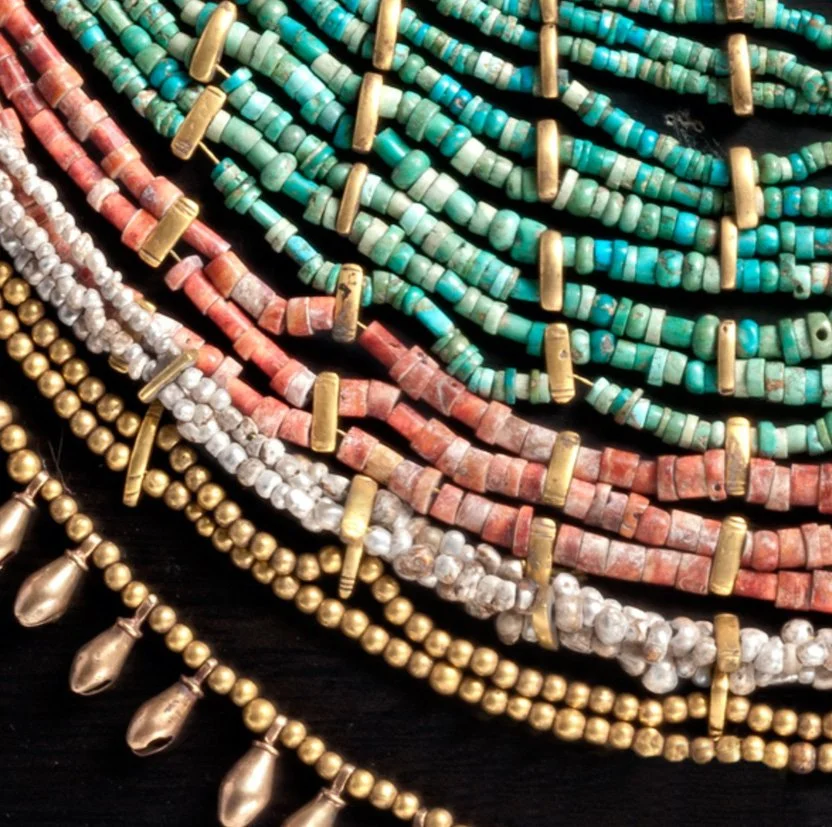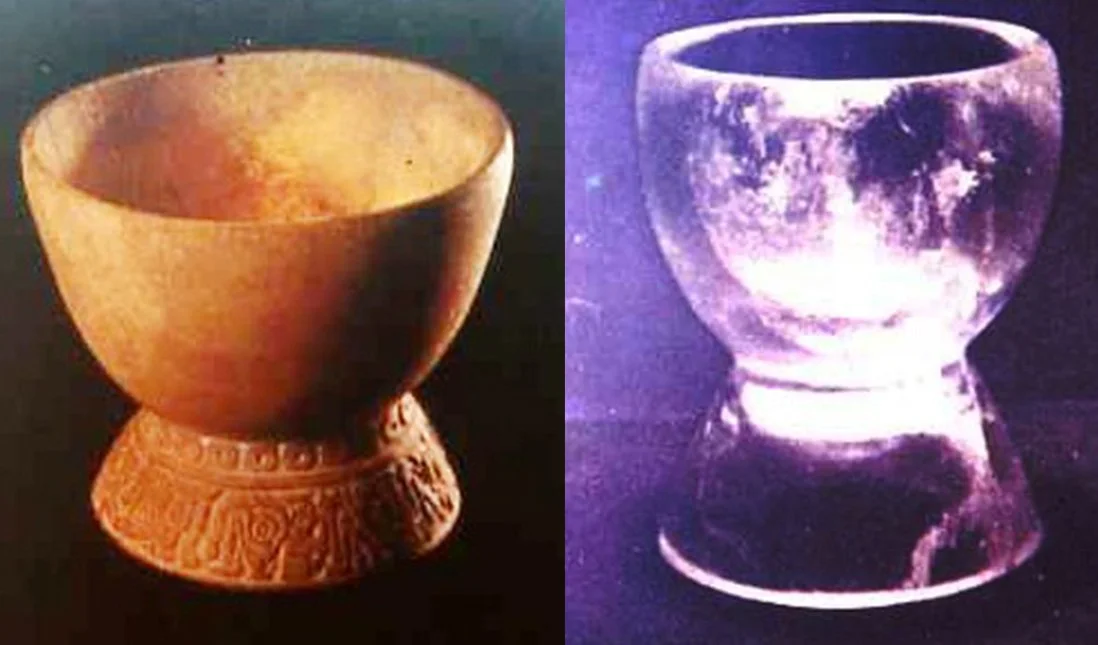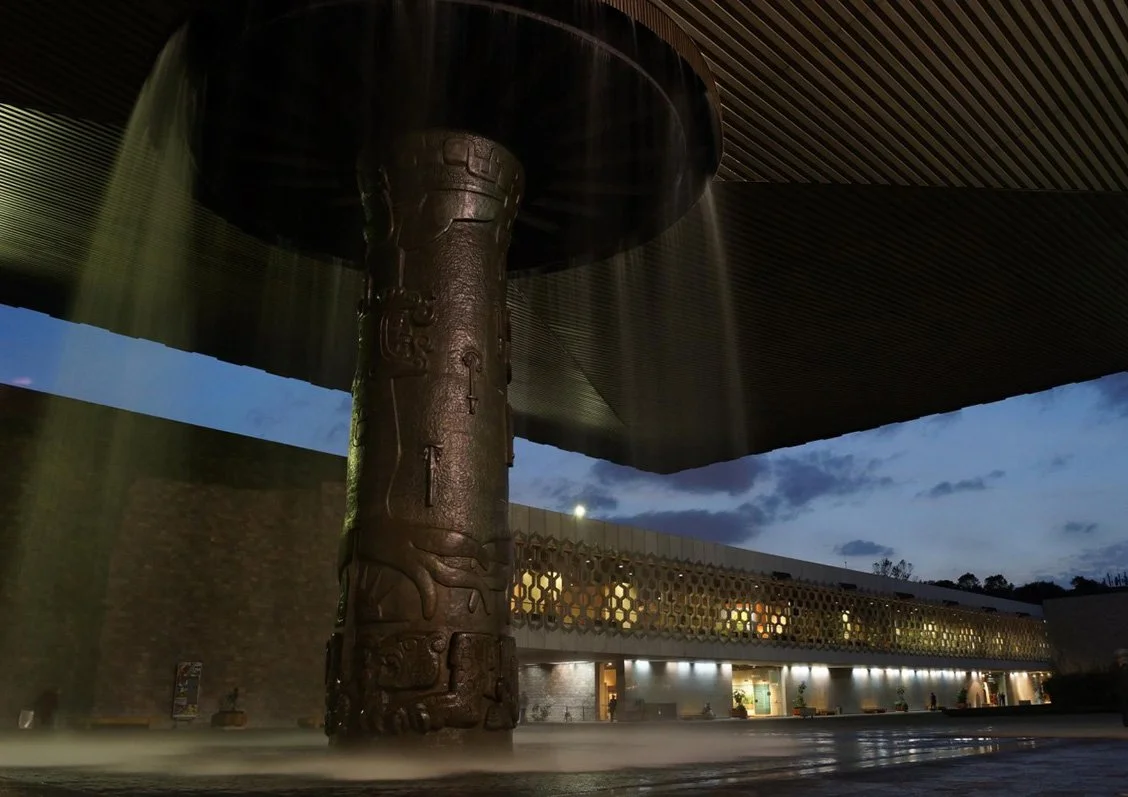Tumba 7 de Monte Alban
Tumba 7 de Monte Alban or Tomb Seven of Monte Alban, is one of the most important burial sites in Mesoamerica. Dating back to 650 to 800 A.D to the Mixteco-Zapoteca civilizations in Mexico.
The Zapotec people in Mexico were known for their burial ceremonies and for the offerings they left with their dead, like gold and ceramics, but this site is of great importance because it’s the largest number of Mesoamerican objects found to date.
One of the skeletons found in the burial site is believed to be that of a woman or Goddess due to the sewing artifact offerings, a skill attributed to women.
Some of the most impressive objects found, were two gold pectorals worked in filigree technique, one for the Dios de la Muerte and one for Dios del Sol, meaning God of Death and God of the Sun.
Filigree technique it’s still very much used mainly in Yucatan, Chiapas and Oaxaca to this day. The discovery of these gold objects and jewelry pieces created a wave of inspiration for silversmith masters in Mexico.
Amongst the objects found in the Tumba 7 were a human skull covered in Turquoise mosaic, bone carvings, bead work, gold jewelry and objects, obsidian and jade necklaces and earplugs, rock crystal vases and ceramics, seashells and pearls.
After this discovery, it led to the creation of the “Law on Protection and Conservation of Archeological and Historical Monuments, Communities and Natural Beauty Places of 1934” and in 1939, to the creation of the National Institute of Anthropology and History (INAH).

